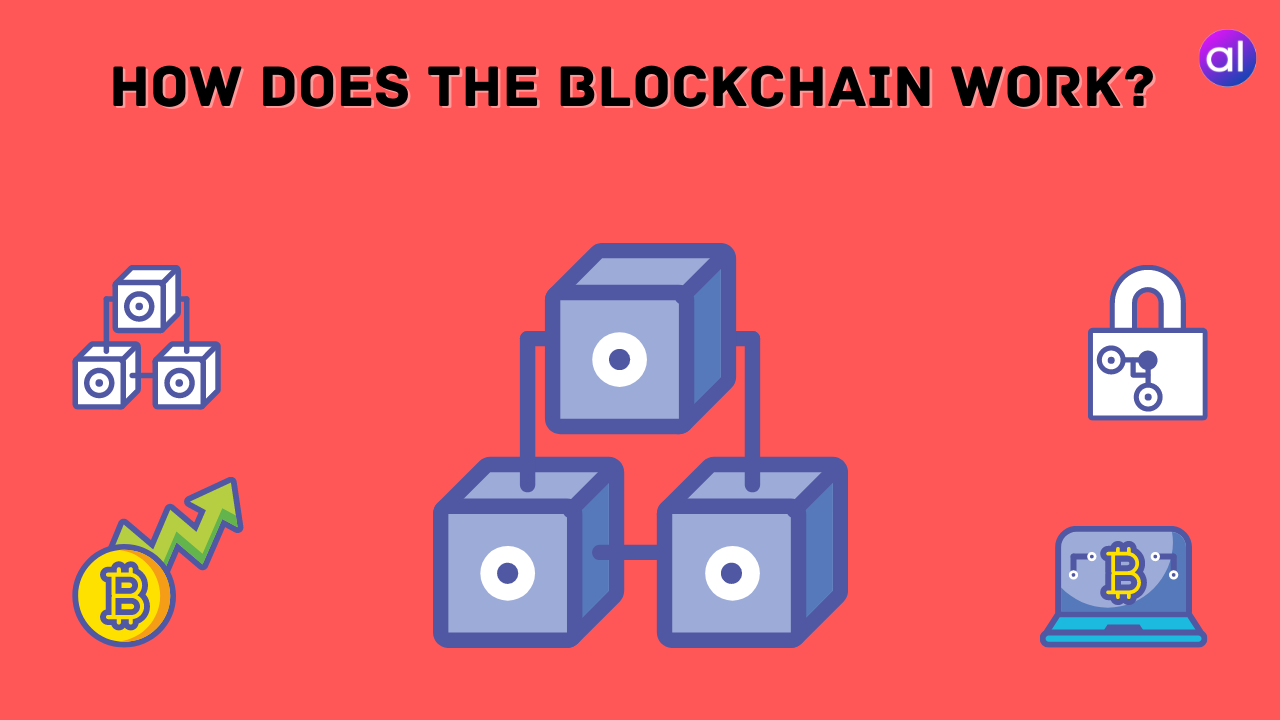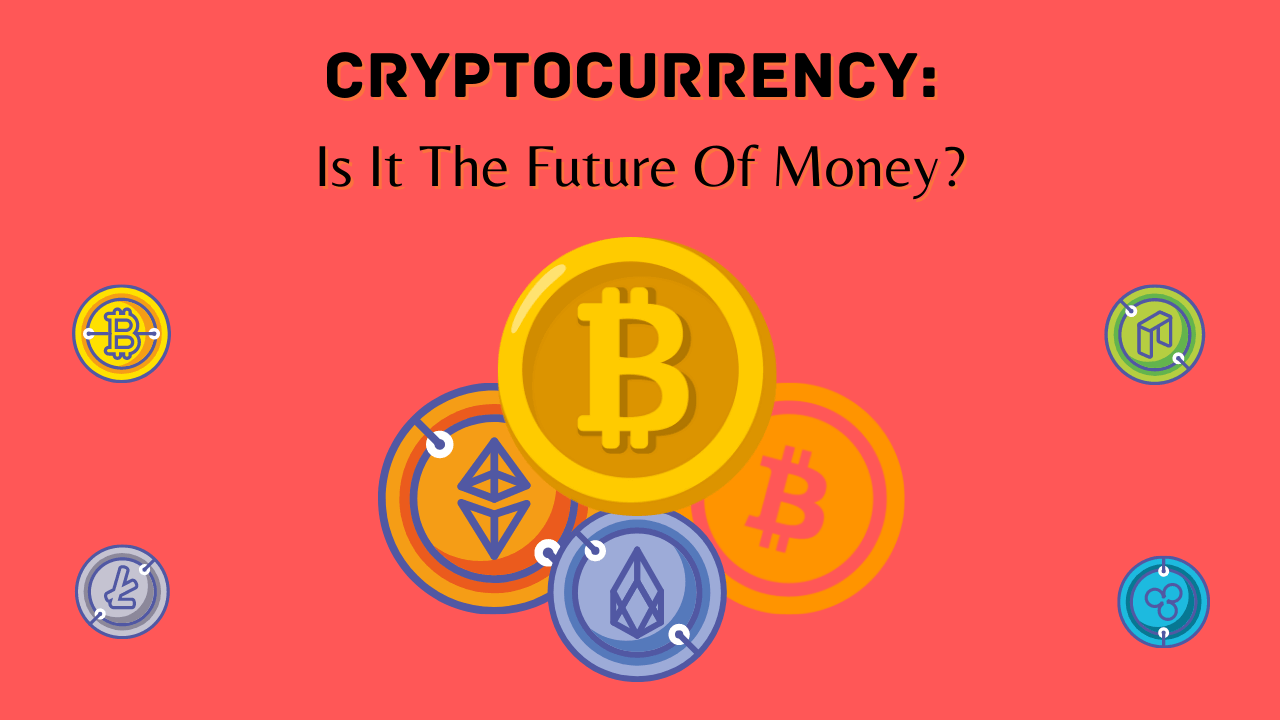In this post, we are going to see the usability of blockchain and how does the blockchain work? on the advanced version of today’s internet.
Blockchain technology and its distributed ledger system have taken the world by storm.
It also includes other non-financial data, such as physical addresses. The blockchain is not only a technical invention, because it has social implications.
For example, the bitcoin network is being used as a means to circumvent censorship and reached an important milestone in October 2016 with more than 4 million unique user addresses.
Before we go further into technical details of how Blockchain works, let’s first figure out why it was invented in the first place.
What is Blockchain?
Before we go into how blockchain is implemented, let’s start with what blockchain is? Blockchain is a concept that was developed and designed by, Gavin Wood, one of the co-founders of Ethereum.
Ethereum is the second generation implementation of the concept of the blockchain.
Ethereum enables anyone to create a smart contract that runs entirely on the blockchain and can be easily modified or developed by anyone with an internet connection.
The smart contract allows for automation, transparency and is able to automate many processes such as transferring assets, recording transactions, and is secure and encrypted.
It’s the technology behind cryptocurrency, a new way to securely transfer data and value around the globe.
It eliminates the need for a middleman between parties that would traditionally require one.
Things like money transfers, or other transactions, like real estate agreements or supply chain payments, and So essentially the blockchain is like a secure version of the internet.
Related Article: Blockchain and Cryptocurrency: What is the Difference?
How does Blockchain work?
Blockchain works using the key factors of hash, block, simple blockchain, distributed blockchain, tokens, and Coinbase.
Related Article: How Blockchain Works? : Introduction To Blockchain Technology
1. Hash
Hash it use to show How does blockchain work? A blockchain consists of data blocks that are cryptographically linked to each other via a hash function.
Each block in a chain has a timestamp and a link to a previous block. These blocks are the core of the blockchain, they can’t be changed once they’re created.
2. Block
Blockchain technology is an encrypted list of ordered records called blocks. Each block contains a timestamp and a link to the block previous in the blockchain.
When new information or data is added, it’s permanently recorded across the vast network because there’s no central place for possible hackers to attack and corrupt the information.
3. Distributed Ledger
It is a decentralized and distributed ledger system that gives a high authority to applications on top of the Ethereum platform to function properly.
4. Tokens
Blockchain Tokens are cryptographic tokens that are based on a blockchain. Under the hood, these tokens use smart contracts to define their properties.
Cryptographic tokens are basically an accounting method for crypto-currency transactions.
They act as a counter for the number of transactions of a blockchain address, There are two types of tokens user and proof-of-work.
5. Cryptocurrency
In the last few years, you’ve probably heard about cryptocurrencies such as Bitcoin and Ethereum, and some of you may have even purchased some.
Cryptocurrency is a structure of encrypted digital coins transmitted between one peer to another and authorized in a public ledger system using a process called Mining.
Some examples of cryptocurrencies are Bitcoin, Litecoin, and Ether. These are Digital currencies categorized as a subset of alternative coins organized as different forms of virtual currencies.
Related Article: Cryptocurrency: Is it the Future of Money?
Why use Blockchain technology?
Cryptocurrency has a special function that is related to how the blockchain works.
Bitcoin is probably the most popular form of cryptocurrency and is used to buy goods and services.
As an example, you can use bitcoin to buy your lunch, groceries, clothes, and other types of goods.
Since cryptocurrencies are designed to function only on the blockchain, and there is no need for middlemen in the middle, there is less chance of being cheated or scammed.
What are smart contracts?
Smart contracts are decentralized applications, meaning there is no single administrator or trustable intermediary.
Smart contracts are executed and governed by smart contracts, which work similarly to a web application in that they execute actions that should be run by the network as well as sending certain commands to the smart contract.
The term “smart contract” was coined by Nick Szabo in 1997 and references a clause in section 15.5 of “Confidentiality, Integrity, and Availability of Computer Programs.”
One of the great aspects of blockchain is the fact that it is open, global, and potentially limitless in the number of applications it can be used for.
How Ethereum works?
What is Ethereum? Ethereum is a decentralized platform that runs smart contracts scripts that run automatically as part of the protocol.
Blockchain can be used in a multitude of ways. One of the most useful ways is to create decentralized applications (dApps) that are fully independent of any company or person.
You can use multiple applications using the Ethereum blockchain and its MetaMask browser extension.
Ethereum is the second most popular Ethereum client out there and it is also one of the largest blockchain implementations.
Who can benefit from Blockchain Technology?
There are a ton of business use cases for blockchain, so if you are interested in business applications for the technology, this will be a fantastic resource to help you get started.
If you are looking to try and make some money with blockchain applications, this course can help you learn how to monetize your applications by creating your own ERC20 tokens.
This can help different projects to implement different business use cases and it also takes into account when blockchain applications will not be very useful and how to kill your projects.
Brief History of Blockchain
The history of blockchain is pretty extensive and full of creative minds such as Nick Szabo, Satoshi Nakamoto, Satoshi Kanazawa, Nick Johnson, Erik Voorhees, Vitalik Buterin, William Mougayar, Joseph Lubin, Andreas Antonopoulos, Mike Hearn, Cameron Winklevoss, Gavin Wood, etc.
These are some of the people that can be credited for helping popularize blockchain.
One of the most important events in this whole history of blockchain is the DAO Hack where the DAO (a decentralized organization or organization built using blockchain technology) almost became hacked.
Since then, Ethereum and the blockchain, in general, we’re at a critical point in their development where some of the developers left due to the fear that they will be compromised.
Beyond Bitcoin: Ethereum Blockchain
If you are interested in using blockchain for real-world applications then you may be interested in learning about a technology that is currently experiencing a meteoric rise in popularity – Ethereum.
Ethereum is one of the most popular implementations of blockchain that is being utilized for everything from finance to online gaming to social media.
If you want to learn more about Ethereum, how it works and what applications are currently being built with it, then you need to check out our new article on Beyond Bitcoin: Ethereum Blockchain.
Conclusion
I hope you find these tutorials and lectures useful! The resources listed in this article are the most frequently asked for or other similar resources about blockchain development.
Blockchain is a new technology, Its biggest use cases are for cryptocurrencies, but it can also have applications in supply chain management, identity verification, and instant transfer of ownership.
In this study, we’ll look at the basics of blockchain technology, how blockchain systems work? and its current and potential use in business.
If you have any other resources that you think are essential to learning about blockchain development then let me know in the comments below.

Meet Nitin, a seasoned professional in the field of data engineering. With a Post Graduation in Data Science and Analytics, Nitin is a key contributor to the healthcare sector, specializing in data analysis, machine learning, AI, blockchain, and various data-related tools and technologies. As the Co-founder and editor of analyticslearn.com, Nitin brings a wealth of knowledge and experience to the realm of analytics. Join us in exploring the exciting intersection of healthcare and data science with Nitin as your guide.










